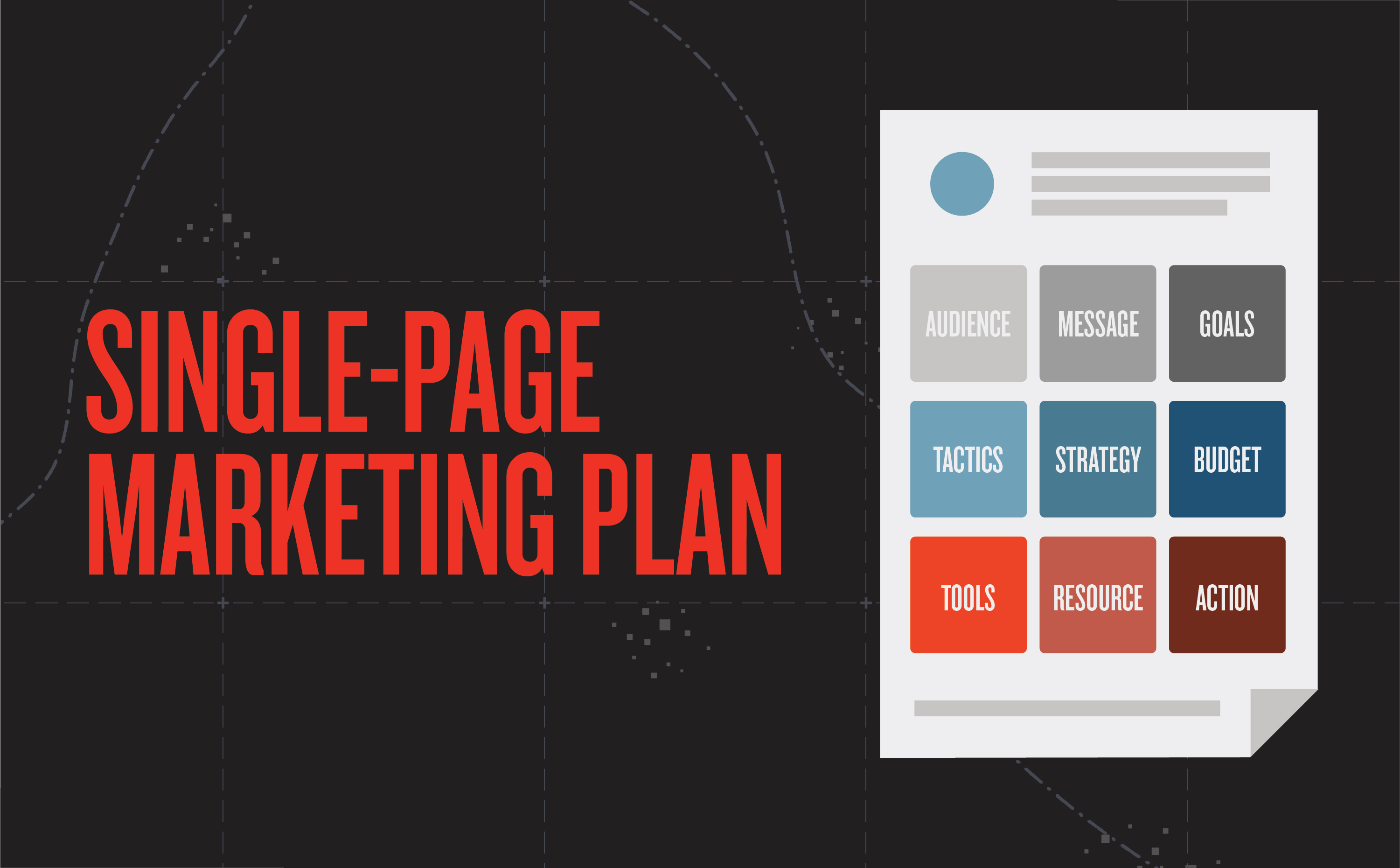“A goal without a plan is just a wish.” –Antoine de Saint-Exupery
You Need a Plan — and It Needs to Live
Marketing teams are often busy. Lots of tactics, campaigns, posts, events. But the promise of growth? Not always delivered. Why? Because the issue isn’t just doing marketing—it’s not having a written, regularly‑used, living marketing plan that guides decisions instead of being shelved. If you haven’t answered ahead of time: What does success look like? How will we measure it? Who’s accountable? … then you may be running hard and spinning wheels.
One of the first questions I ask marketing leaders focuses on the existence of a marketing plan—not as a “gotcha” but as an indicator of how marketing is structured and what is being measured. Many companies are disappointed with their marketing performance not because they aren’t deploying sensible activities but because they haven’t defined what success should actually look like.
Why Documenting Matters
When your goals, audience, metrics, priorities don’t get written down, interpretation becomes fuzzy and decisions become ad hoc. If the plan stays in someone’s head or in a buried slide deck, it doesn’t act as a filter for what to do vs what not to do. A single‑page format makes it accessible. Long, bulky documents rarely get used. Writing the plan also clarifies who owns it, who collaborates, and ensures clarity around who is accountable.
Why Regular Use, Changes, and Updates Matter
When we do get to the phase of putting our plan in writing, be sure not to use permanent ink! The marketplace shifts. Audiences evolve. Competitors move. If your plan is static, it ages out. And you have to experiment with tactics to see what does—and doesn’t—work. I’ve seen way too many marketing teams become immobilized by analysis because they were afraid that a tactic might not work. But that’s part of the process that you need to go through—not stop because we want to employ failing tactics but because we won’t know what will actually work until we test. Netflix co-founded Marc Randolph says it this way: “Nobody knows anything.” As Randolph’s quote suggests: you don’t know what will work until you try.
According to Bain & Company, companies embedding experimentation into marketing saw ROI increases of 20 % or more. Marketing leaders increasingly prioritize ROI: 83 % now say demonstrating marketing ROI is their top priority. Regular cadence matters: Check, reflect, adjust. The plan should be part of your rhythm, not a one‑and‑done exercise.
We recently ran a campaign for a client testing about 6 different tactics. What was ironic after a 60-day test was the 2 highest-performing channels of the campaign had the lowest initial expectations of the team. The final analysis? What we thought would work well disappointed and what we were reluctant to try won the day. The lesson? Don’t be afraid to try.
Why Many Marketing Efforts Disappoint
Here’s the backwards logic:
You launch campaigns → you invest energy → you hope something sticks → you’re disappointed.
Because the key questions ahead of time weren’t answered:
- Who are we talking to?
- What outcome will matter most?
- How will we measure progress?
- What will we stop doing because it doesn’t match our focus?
The good news is that there’s a way forward: A marketing plan.
What a Living Single‑Page Marketing Plan Should Include
Here are some thought-starters for how you might build your Single‑Page Marketing Plan. Here’s a checklist:
- Purpose / True North: What ultimate impact are we after?
- Owner (one person): Who is accountable for the plan?
- Collaborators: Who supports it?
- Key Audiences: Who matters most?
- Top 3 Goals (with time horizon): Specific, measurable.
- Primary Metrics/KPIs: e.g., lead volume, conversion rate, cost per acquisition, retention.
- Strategic Priorities: What 2‑4 big focus areas (channels, messaging, partnerships)?
- The 4 P’s of Marketing: Product, Price, Place, Promotion. (Don’t let it become only “promotion”.)
- Budget & Resource Focus: Where will we invest; what will we pull back from?
- Key Initiatives (owner + timeline): Specific projects this quarter.
- Stop Doing List: What are we ending because it doesn’t align?
- Experimentation Space: “We will test X, learn, and update next quarter.”
- Review Cadence & Update Mechanism: Frequency of review (monthly, quarterly) and how to iterate.
While your eventual plan won’t include all of these items (and maybe you’ll introduce a few others not on this list), this handful of items will help you get going. And aside from the plan itself, the process of planning is its own gift to your efforts. As Dwight Eisenhower once said, “plans are useless but planning is indispensable.”
Making the Plan Dynamic, Not Stale
- Set a regular cadence: e.g., first week of every quarter revisit the one‑pager.
- Make it visible: Put it where your team sees it—shared doc, board slide, workspace.
- Build in experiment time—allow for unknowns. Because you don’t know what works.
- Use outcomes as signal: If a metric drags or an initiative under‑performs, ask: Does the goal still make sense? Does the strategy need realignment?
- Protect against perfection‑paralysis: Waiting to make it perfect means you might not act.
- Make sure you’re not just doing “more” marketing—you’re doing marketing that maps to the plan’s priorities.
Final Thought
You need a marketing plan. Not a wish list. Not a pile of tactics. A written, living, owned plan that your team uses as a filter for what to do (and what not to do). Updated regularly. That allows experimentation. That reflects the full marketing mix (product, price, place, promotion). Because without it: you end up with activity that looks like marketing—but doesn’t move you where you want to go.


